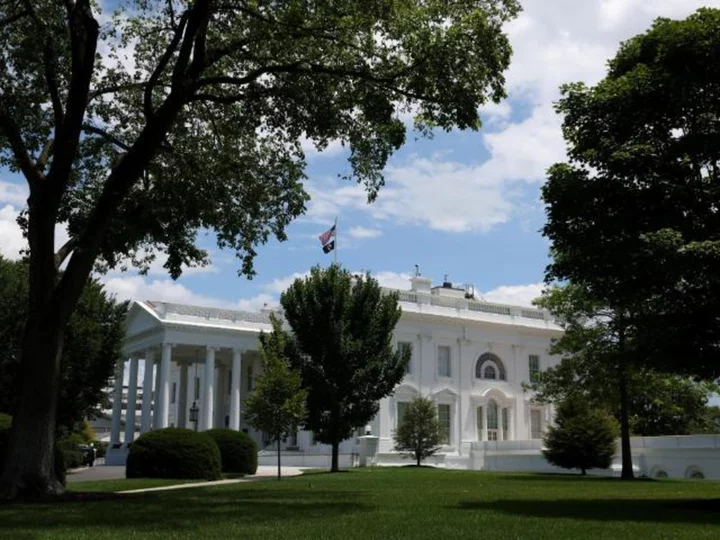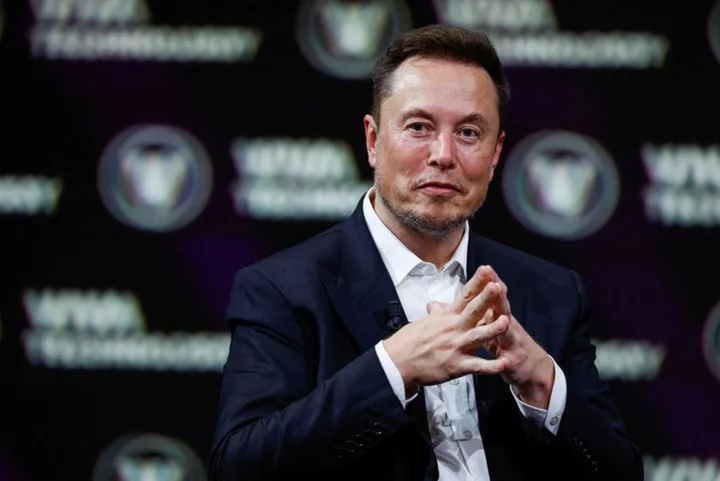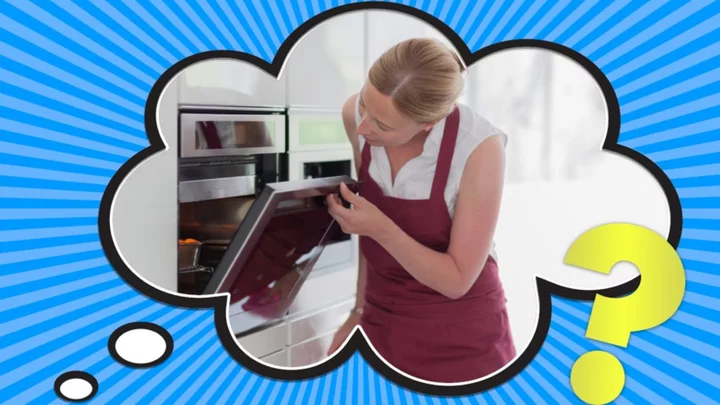
Leading AI companies commit to outside testing of AI systems and other safety commitments
Microsoft, Google and other leading artificial intelligence companies committed Friday to put new AI systems through outside testing before they are publicly released and to clearly label AI-generated content, the White House announced.
2023-07-21 17:21

Exclusive-Twitter to focus on video, commerce in business revamp - investor presentation
By Sheila Dang (Reuters) -Twitter plans to focus on video, creator and commerce partnerships to revitalize the social media company's
2023-06-17 03:46

Grand Theft Auto 6 publisher thinks video games should be charged by the hour
'Grand Theft Auto 6' publisher Take-Two wants video games to be charge by the hour.
2023-11-15 20:23

Environmental activists pressure US regulators to halt JBS listing
By Ana Mano and Tom Polansek SAO PAULO/CHICAGO A coalition of environmental groups is pushing U.S. securities regulators
2023-08-24 05:22

Matthew Mercer is voicing Vincent Valentine in Final Fantasy VII Rebirth
The actor has previously voiced Ganondorf in 'The Legend of Zelda: Tears of the Kingdom'.
2023-10-16 19:15

SESTEK and ccc Sign MoU to Improve Performance of Call Centers With AI
DUBAI, United Arab Emirates--(BUSINESS WIRE)--Jul 3, 2023--
2023-07-03 13:54

Ninja: Who is Jessica Blevins? Why did she step down as YouTube star's manager?
Jessica Blevins stepped down as Ninja's manager after holding the position for seven years, having assisted him in achieving incredible popularity
2023-06-07 18:28

Microsoft Seeks to Assure Customers Its AI Products Will Be Lawful
Microsoft Corp. will create a program to assure customers the artificial intelligence software they buy from the company
2023-06-08 20:54

Dr. Andrea C. Johnson Joins Pipedrive as Chief Information Officer
NEW YORK--(BUSINESS WIRE)--Aug 3, 2023--
2023-08-03 20:53

MrBeast urges fans to stay alert against 'scammers' exploiting his identity: 'Lots of people impersonate me'
MrBeast said, 'One thing though I hate with the passion is the comments section on YouTube, it's just so bad'
2023-08-18 16:25

How tall is Dream? Biggest 'Minecraft' streamer once revealed SMP members height on YouTube
Clay, better known as Dream, is a well-known 'Minecraft' streamer and YouTuber
2023-08-30 19:57

Oven vs. Stove: What's the Difference?
And how does a range fit into all this?
2023-05-30 01:27
You Might Like...

The Best Plus-Size Clothing Deals On Amazon Right Now

Meta releases clues on how AI is used on Facebook and Instagram

MW3 Multiplayer Beta Maps Revealed for Both Weekends

JPMorgan Chase is fined by SEC after mistakenly deleting 47 million emails

Spider-Man 2 Voice Actors List

EA announces launch of FC Tactical

The Clever Reason Why Grocery Stores Change Their Layouts So Often

This Iconic Rust Feature Has Been Removed in MW3
